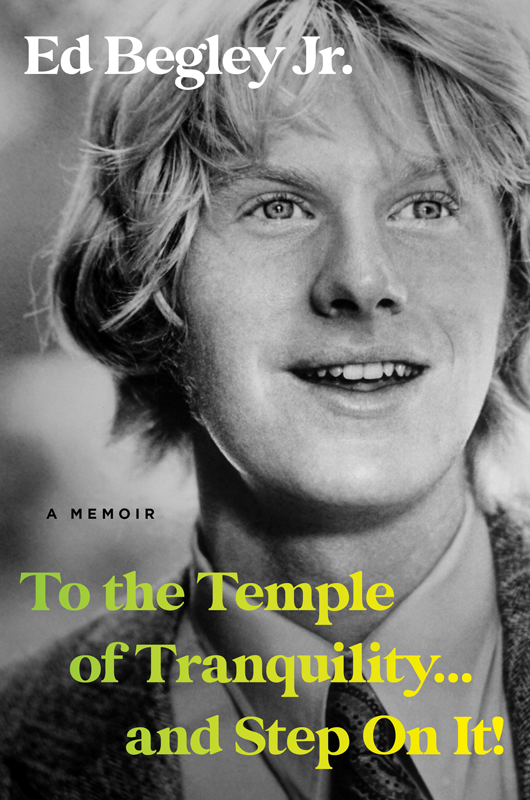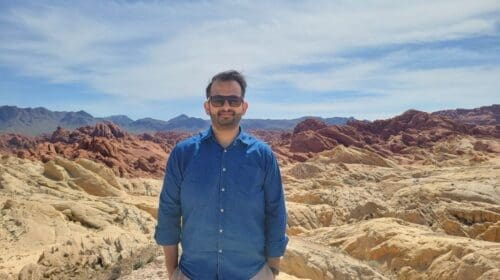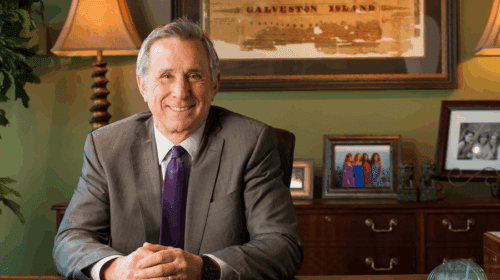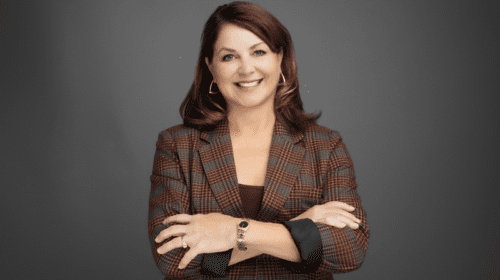Ed Begley, Jr. didn’t go to Los Angeles to find fame and fortune; he grew up there. The LA of the 1970s was not the place of glitz and glamor that most perceive it as today. Of course, there were red carpet movie premieres in Hollywood, a neighborhood mainly within the city of Los Angeles, and celebrity sightings, but a lot of it was smoke and mirrors – with an emphasis on smoke.
“In 1970, I’d lived in smoggy LA for two decades,” Begley says. “Just to walk out the door and get in the car, to ride your bike or to do any outside activity, seared your lungs. You’d be talking – like – this – on – a – smoggy – day,” he says, gasping between each word. “I’m not an asthmatic, but I sure I acted like one because that’s how bad it was 150 to 200 hundred days a year.”
It was the catalyst for Begley’s lifelong commitment to environmental issues. “People ask why I started [my activism] in1970. Because I’d been through that pain and suffering for 20 years.”
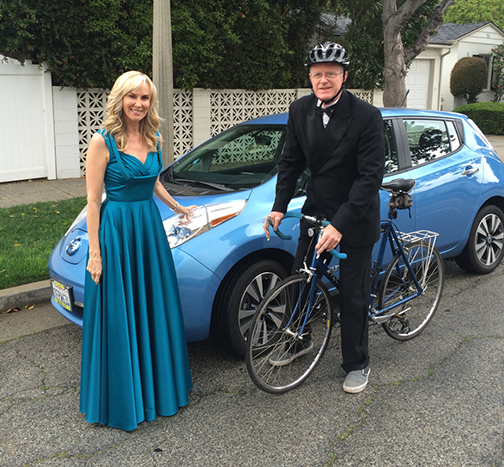
Over 50 years later, the January 1969 Santa Barbara oil spill is still the third largest in history. With that environmentally catastrophic event fresh in everyone’s mind, talk of the first Earth Day began to take shape. When he was approached to participate, Begley asked what people were trying to accomplish, and the response was to clean up the air and the water.
“By 1970, we were poised and ready to take action,” Begley says, “and people did.” The first Earth Day took place on April 22, 1970, with an estimated 20 million Americans from all walks of life demonstrating across the U.S. to call attention to the pollution of the planet’s land, air and water, and the resultant health hazards to humans and animals.
The outcry was so great and the effect so profound that by the end of the year, Congress approved then-President Richard Nixon’s proposal, which resulted in the establishment of the Environmental Protection Agency (EPA). The environment was named by TIME Magazine as the 1970 Issue of the Year.
While there were those that found the whole movement a bit odd, to Begley it was a natural progression of the philosophy he had grown up with. “Although my father never really used the word “environmentalist,” he was one in a way because he was a conservative that liked to conserve,” Begley says. Recalling how his father, Academy Award winning actor, Edward James Begley, would turn off the lights and the water, and save string and tinfoil to be reused, he explains, “He was the son of Irish immigrants; he lived through the Great Depression.”
His father’s influence had a profound effect on Begley who says, “All those things made me get involved.” His father passed away within a few days of the first Earth Day, “So I did a lot of that to honor him as much as anything.”
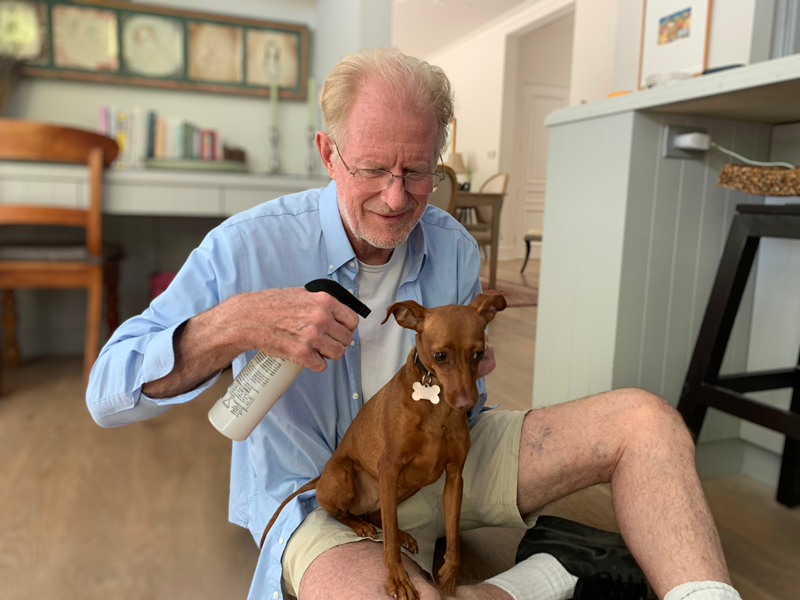
“Rather than just cursing the smog, when I’d said [it] for the fifth time, he’d say, ‘Eddie, I hate it, too, but what are you doing? I know what you’re against, but what are you for? Rather than curse the darkness, light a candle. You’re allowed to complain, but only if you’re taking action yourself.’”
Believing in the power of personal responsibility, Begley took his father’s words to heart. Already an avid cyclist, he began riding his bike even more. Instead of driving, he took public transportation as often as possible. Other lifestyle changes included becoming a vegetarian, recycling, composting and gardening.
“Everything that I could afford to do, I did. I quickly realized it was not only good for the environment, but there was another [type of] green that it was impacting in a positive way: money.” He concluded, “I’m going to [continue doing] this stuff; this is good in every way.”
Despite his unwavering commitment to personal action, Begley is quick to say, “It’s not the way we cleaned up the air in LA in and of itself. There have to be three pillars to the structure; otherwise, it’s going to fall down. One is personal action. You must also have corporate responsibility. And, three, you have to have good legislation. You need all three or nothing gets done.”
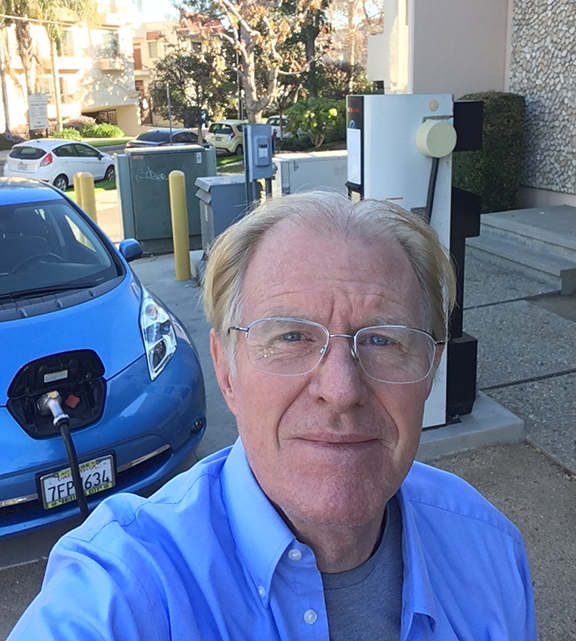
An acclaimed actor, who has been working since his teens, Begley rose to prominence as Dr. Victor Ehrlich on the 1980s TV drama St. Elsewhere, but has always been known for his environmental activism. In 2007, he found a way to combine his two passions in a humorous, yet informative and educational reality series, along with his wife, actress Rachelle Carson Begley, called Living With Ed, the goal of which was to show viewers how they could reduce the carbon footprint of their everyday activities and contribute to a healthier planet.
At the time, the Begleys were living in what he calls “a perfectly wonderful house I’d been in since 1988, a little two-bedroom house very much the same size of the house I was raised in in Van Nuys.” While he was content to continue living there, Begley claims his wife “wanted more closet space,” and thus began a five-year adventure that resulted in the house of an environmentalist’s dreams, replete with a 10,000 gallon rainwater tank and a solar-heated swimming pool. Completed in 2016, he’s proud to point out that it is LEED platinum rated, meaning it has earned a score of 80-plus. (For reference, a score of 100 would indicate net zero in energy, water and waste.) A virtual tour of the home, with Begley as the guide, can be seen online.

Always looking for ways to live cleaner and greener, Begley’s latest venture is Begley’s Earth Responsible Products, a line of eco-friendly pet care products that can be found at Costco. He and his family are pet lovers, but he says he finally has a dog of his own, which happened by chance. His daughter’s car had been impounded and there was a lost dog at the impound lot. They attempted to find its owner, but no one came forward. “Now,” Begley says, “I’ve got this great little dog named Bunny in my life and I’m in love all over again.”
While pet products are currently the focus, he plans to continue expanding the line to include household products, but says, “Mine is one choice among many other wonderful choices. I would only urge people to get green products.”
Despite everything that has been accomplished since that first Earth Day 53 years ago, Begley knows there is always more that can be done to make the world a better place. “We haven’t finished our job. We must not leave anybody out in the cold.”
Ed Begley, Jr. is the author the recently released memoir To The Temple of Tranquility and Step on It!: A Memoir (Hachette Books; October 2023). In addition, he is the author of Ed Begley, Jr.’s Guide to Sustainable Living: Learning to Conserve Resources and Manage an Eco-Conscious Life (Potter Style; August 2009), and Living Like Ed: A Guide to the Eco-Friendly Life (Clarkson Potter; February 2008).
Featured photo: The solar panels of Begley’s LEED platinum rated home generate nine kilowatts of power.
Excerpt: These Eels Are Killing Me
The truth is, Marlon [Brando] was actually the holder of many patents and was never short on bold new ideas. He was quite skillful on the congas, and he held a patent for one touch tuning on the drum head. Like a timpani drum, but for the conga.
And he had lots of ideas and several patents on energy related matters.
One day, months after the electric eel brainstorm, he asked if I still had my wind turbine in the California desert, part of a larger wind farm.
“Yeah. I’ve had it since 1985. I’m still getting checks every quarter,” I boasted.
“Mm-hm,” he said, and then added after inspecting his nails briefly: “How would you like to increase the efficiency of said wind turbine by… one hundred percent?” He let that sink in as he studied me.
“That’s quite a bump,” I responded. “How do you propose to do that?”
“Gimme a piece of paper,” he said, pointing. I handed him a sheet from a small stack on the coffee table.
He drew a quick sketch of my wind turbine, now dwarfed by what could only be described as a huge kitchen funnel, or metallic cornucopia, or wait… Was it an ear trumpet?
“I’m sorry, what’s the scale here, in relation to my wind turbine? Is that funnel thing in the foreground?” I asked.
“No, it’s to scale,” he countered. “What’s the problem?”
I suddenly felt like Angelica Huston in Spinal Tap as she points out the confusion over the Stonehenge measurements.
“Can you grab that ruler?” I asked, in the nicest voice I could manage. He reached behind him and presented me one.
“That’s what I was afraid of,” I continued, as I measured. “In your drawing, you have my tower height drawn to a full… two inches, and your device is four inches. Since my tower is in fact 75 feet tall… that would put your device, and I’m sorry to take all the fun out of funnel, but it puts your height at one hundred fifty feet.”
He tried to interject. I went on. “Made out of what, by the way?”
“Space-age polymers,” he offered.
“A fortune,” I explained, “no matter what the materials. And the Audubon Society’s going to shut you down as you suck up every bird in the Pacific Flyway and feed them through your Cuisinart.”
He tried to stop me. “Why is – ”
I went on. “I saved the best for last. Irrespective of those other problems, my turbine, and the concrete pad it sits on, is only designed for a certain range of wind. They shut them down when the wind gets too strong. This thing,” I said returning to his drawing, “would turn it into shrapnel.”
He liked it when you challenged him, but I was afraid I’d gone too far again.
After studying me, as one would an ancient rune, he finally asked, “Why is it always no with you?”
But everything was not always no with me. There was an invention of his that made up for all the eels and funnels.
Deep ocean water cooling.
It’s widely known that Marlon had an island property in Tahiti that he purchased while filming Mutiny on the Bounty.
Marlon and his friend Dr. Craven solved a problem that has plagued many island resorts for some time. Electricity is often super expensive there. Most of it is generated by diesel fuel that is brought in on diesel ships over long distances… you get the idea.
Suddenly a kilowatt-hour can wind up north of fifty cents. For those of you who don’t look at your electric bill… that’s a lot.
But there’s a huge opportunity for saving substantial sums of money, since two-thirds of said resort electric bill is used to cool the guests and the employees, and to refrigerate the food that is served to all.
What if you perform all three tasks with the water that is right there at your shore?
Enter deep ocean water cooling. A pipe is run down to a fairly modest depth of five hundred feet. The temperature at that depth is around 40 degrees Fahrenheit. Which is cool enough to do most of the work in cooling said people and poi.
The water is returned to the same depth from which it was taken, and only a few degrees warmer, so it’s not scalding any ocean creatures.
And it only uses a modest amount of electricity because it is using the siphon effect. Or more like a funicular. The weight of the water being pulled up is offset by the weight of the water descending.
This promising technology is in use today.
And I’m forever honored and grateful that he and his family asked me to be on the board of the Tetiaroa Society, a nonprofit dedicated to protecting the environment at Marlon’s island of the same name, and around the world.
To that end, The Brando resort was built to the highest environmental standard possible and, as of this writing, is hosting a global sustainability conference in the hope of finding new and inventive ways to address some of the most pressing environmental problems that we face today.
Excerpted from TO THE TEMPLE OF TRANQUILITY…AND STEP ON IT!: A Memoir by Ed Begley Jr. Copyright © 2023. Available from Hachette Books, an imprint of Hachette Book Group, Inc.
Rebecca Ponton has been a journalist for 30+ years and is also a petroleum landman. She is the author of Breaking the GAS Ceiling: Women in the Offshore Oil and Gas Industry (Modern History Press; May 2019). She is also the publisher of Books & Recovery.
Oil and gas operations are commonly found in remote locations far from company headquarters. Now, it's possible to monitor pump operations, collate and analyze seismic data, and track employees around the world from almost anywhere. Whether employees are in the office or in the field, the internet and related applications enable a greater multidirectional flow of information – and control – than ever before.


